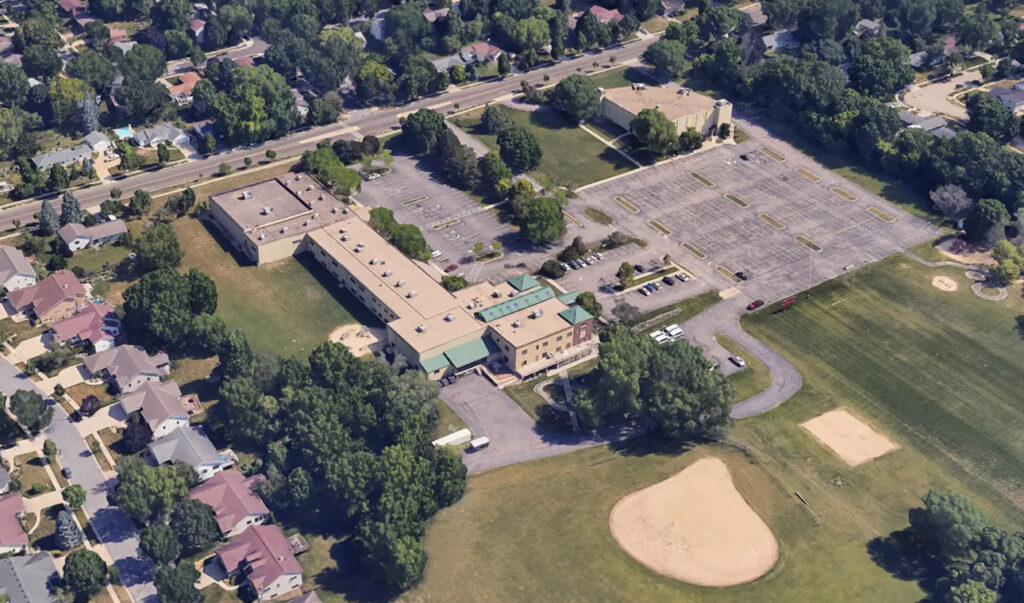On a tragic Monday at Abundant Life Christian School in Madison, Wisconsin, a shooting incident shocked the community, resulting in multiple fatalities and injuries. The suspect, identified as 15-year-old Natalie Rupnow, was a student at the school and opened fire, leading to the deaths of herself and two others—a fellow student and a teacher. The incident left six other individuals injured, two of whom are in critical condition while the remaining four are reportedly suffering from non-life-threatening injuries. This event has drawn widespread attention and concern from both local residents and social media users, amplifying the urgency surrounding the issue of school safety.
In response to the unfolding situation, the City of Madison issued a formal statement confirming the active shooter event. They assured the community that there was no ongoing danger while simultaneously expressing their commitment to support the victims and their families. The statement included information about transport services for the injured to local hospitals and details for parents on how to reunite with their children at designated centers. The authorities urged the public to stay away from the affected area to allow emergency services to operate effectively. This indicative response highlights the evolving dynamics of crisis management in educational settings.
During a press conference, Madison Police Chief Shon Barnes addressed the media, providing updates on the incident without divulging specific details regarding the shooter. He confirmed that three individuals had lost their lives, including the teenager responsible for the shooting itself. The Chief acknowledged the seriousness of the situation, highlighting the injuries sustained by six others, which placed a renewed focus on public safety and the welfare of students in educational institutions. His briefings emphasized the importance of timely and professional responses from law enforcement and emergency personnel in crisis situations.
As information surrounding this devastating event continues to emerge, attention has turned to preventative measures and discussions about school safety protocols. With the frequency of school shootings becoming a recurring issue nationally, the tragedy at Abundant Life Christian School serves to reignite debates over mental health resources, gun control policies, and the overall security environment within schools. Many have called for thorough investigations into the factors leading to such violent acts, advocating for changes that could help prevent future incidents.
This incident has mirrored challenges faced by various communities across the United States, revealing the vulnerabilities within educational systems. Conversations about safety measures, mental health resources, and youth support networks have become paramount as stakeholders seek to address underlying issues contributing to violent behaviors among youth. Families, educators, and mental health professionals are urged to engage in dialogue that fosters awareness and healing, illustrating the broader consequences that such events have on community fabric and social dynamics.
As Madison comes to grips with the tragic fallout from the shooting, the road to recovery and healing is bound to be long and complex. The community’s resilience will be tested as it navigates this painful chapter while striving for understanding and support for the victims’ families. Moreover, this incident opens a painful yet necessary dialogue about the importance of collective efforts to strengthen school environments, ensuring they remain safe havens for learning and growth free from fear and violence. In doing so, communities can begin to fortify their defenses against the threats that endanger their most precious and vulnerable members.

